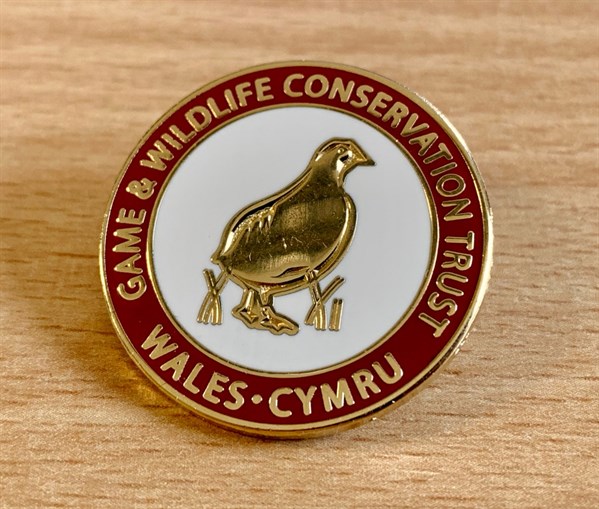Markus Braun is right to be concerned about climate change, but is wrong to suggest that burning should not be used to control fire-load on our uplands (letters, September 17).
The enquiry into the 2018 Llantysilio mountain fire, which burned for 40 days releasing massive amounts of carbon into the atmosphere, concluded that controlled burning, along with mowing and grazing to reduce fire-load, would have prevented this large and catastrophic release of stored carbon from the underlying peat.
Over 2,000 wildfires break out each year across South Wales alone and, over the past three years, South Wales Fire and Rescue Service have use controlled burning to create firebreaks that are saving hundreds of acres of moorland and underlying peat from the risk of wildfire. Fire services in other parts of the country are now adopting the same strategy to good effect. Controlled burning is conducted in winter and early spring when only the dry vegetation is burned off the top leaving the vital underlying stems of heather grasses and sedges untouched.
Heather burning, which has been used for hundreds of years, encourages the growth of new shoots, which are more palatable than older, woody heather to grazing livestock and grouse.
The retention of both economic and environmental incentives for moorland management need to be maintained to build resilience and mitigate climate change.
GWCT Wales Director
Sue Evans

Get your GWCT Wales Badge for just £5
Show your support for our work by wearing the Game & Wildlife Conservation Trust Wales Supporters Badge with pride.
View Badge >
or
Buy Now - £5 >
100% Secure. All Credit & Debit cards, PayPal, Apple Pay and Google Pay accepted.
